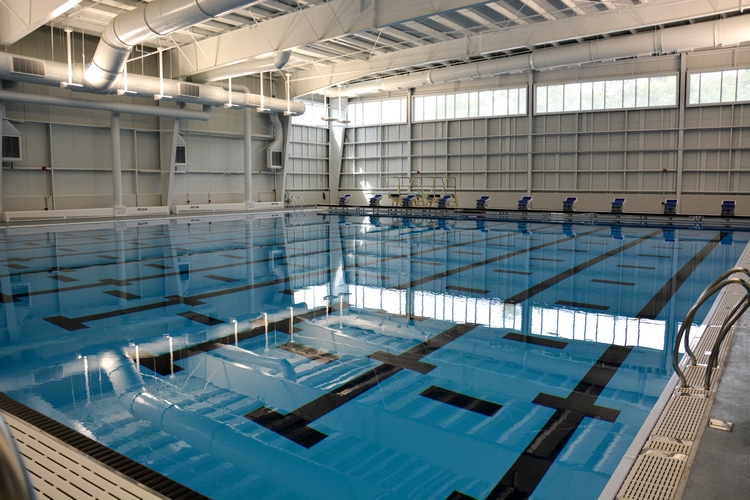
The new Boston Sports Institute, a 130,000-square-foot professional sports grade facility in MetroWest Boston, Massachusetts, has recently been completed by Dacon. BSI encompasses two NHL hockey rinks for skating, sled and ice hockey; a suspended track, indoor turf field, therapy pool and competitive repurposed pool from the 2012 Olympic trials. Most notably, it was in this pool that Ryan Lochte qualified for the Summer Olympics 200-meter backstroke and 400-meter medley. BSI fills a unique gap in the MetroWest landscape – despite a high density of Boston-based universities, academic institutions and wealthy suburbs, it is the only facility in the region to offer four comprehensive professional grade sports in one building. Members truly train like professionals.
Created using a sports ecosystem model, the building encompasses the related businesses of sports medicine, tutoring services and quick dining – a mixed-use concept where community and customer-centric value chain creation are partners. The business model is based off a public-private partnership between the town of Wellesley and the management company Edge Sports Group, the town retains land ownership, priority scheduling and dedicated hours at preferred rates, while ESG owns and operates the facility.
From a design perspective, creating symbiotic environments within extreme temperature conditions appears paradoxical. To address the critical operation challenge of multiple, high-energy demand environments, the following energy conservation measures were implemented:
- Thermal energy is reclaimed from the ice rinks to heat the pools via loop systems with heat exchangers and circulation pumps
- LED lighting and high-efficiency water heaters are used for domestic and ice resurfacing alongside an ammonia refrigeration system
- 100,000-square-foot roof and electrical infrastructure is prepared for a 900 kW photovoltaic array to contribute to the town’s carbon emission and electricity reduction goal
The resulting program reduces energy use intensity from baseline 192.1 kBtu/ft2 to 169.2 kBtu/ft2, representing a 11.9% reduction in natural gas and electricity use.
Managing demands from multiple interior environments was critical to the design and material selections. To fulfill the client’s functional and aesthetic requirements, an exterior wall assembly consisting of a tricolor pattern using insulated panels addresses weather enclosure, insulation, air and vapor barrier in a single product.
- An increased condensation risk from high interior relative humidity levels of the pools (60%) and ice rinks (48%) is minimized via thermal insulation.
- To reduce glare – a pool safety hazard – to a few hours per year, solar geometry was calculated. This resulted in windows positioned high on the north side to limit direct sunlight on the water surface.
- Chloramine gas, a corrosive byproduct that settles near the pool surface, is drawn from swimmers’ breathing zones by vents lining the bottom of team benches on the pool deck. The gas is then exhausted through vertical ducts, which discharge through the roof.
- All exposed metal parts are stainless steel, with wall and ceiling surfaces finished with epoxy to guard against corrosion.
Alongside environmental, financial, health and safety considerations, BSI’s design encompasses the full range of diversity. The practice of sport is a human right, as such thoughtful consideration was given to creating a facility welcoming all ages, lifestyles and abilities.
- A movable bulkhead, chair lift and drop in stair transforms the competitive pool into courses for water polo, competitive diving, recreational and adaptive swim.
- Family locker room is available including private, gender neutral changing spaces.
- Two-lane track, suspended above the soccer/lacrosse turf field, is available for jogging and rehabilitative walking. Elevators and accessible walkways ensure fluid access throughout the facility.
Propelled by technology, activism and cultural changes, sports is a powerful entertainer – a content creator and media draw. Within the sports ecosystem model, alignment of short- and long-term goals are vital components to business success. While community facilities are symbolic of cultural values and ideals, they can also be profitable business models when employing a sports ecosystem as the facility framework. Outside of financial prospects, it must not be forgotten that play is an essential community value for physical, cognitive and emotional strength. Walking the line between potential and reality, it enables human beings to develop capabilities, tolerance and inclusion, creating healthier communities.


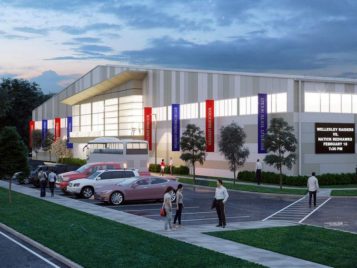
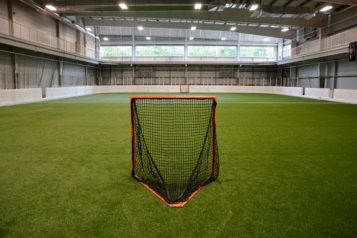
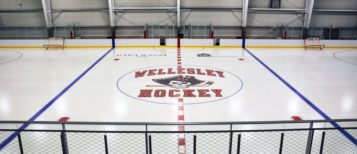
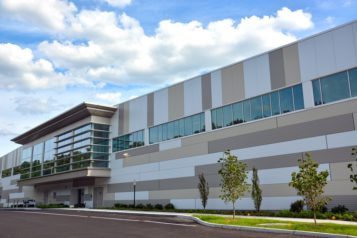
 Join our thriving community of 70,000+ superintendents and trade professionals on LinkedIn!
Join our thriving community of 70,000+ superintendents and trade professionals on LinkedIn! Search our job board for your next opportunity, or post an opening within your company.
Search our job board for your next opportunity, or post an opening within your company. Subscribe to our monthly
Construction Superintendent eNewsletter and stay current.
Subscribe to our monthly
Construction Superintendent eNewsletter and stay current.